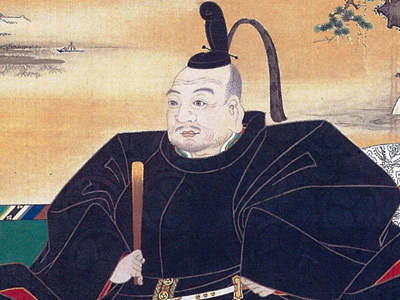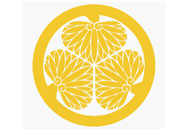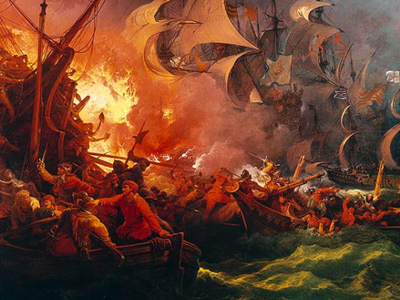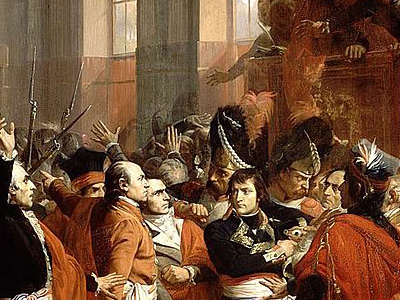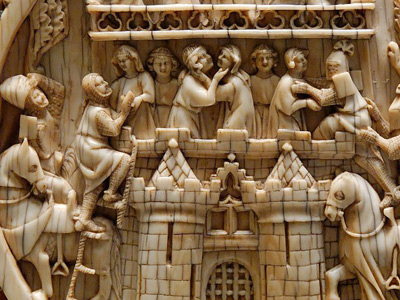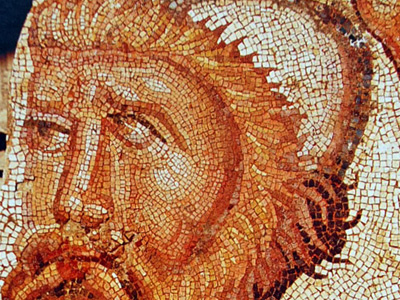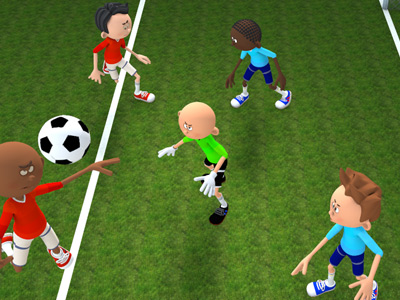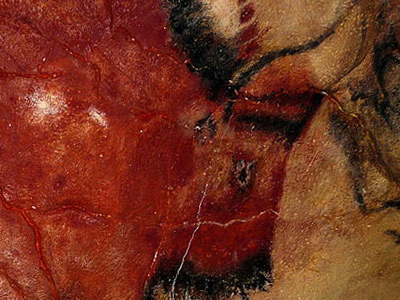Tokugawa Ieyasu 徳川 家康 (1543-1616)
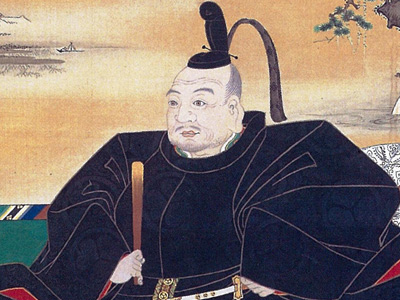
Tokugawa Ieyasu (徳川 家康, January 31, 1543 – June 1, 1616) was the founder and first shogun of the Tokugawa shogunate of Japan, which effectively ruled Japan from the Battle of Sekigahara in 1600 until the Meiji Restoration in 1868. Ieyasu seized power in 1600, received appointment as shogun in 1603, and abdicated from office in 1605, but remained in power until his death in 1616. His given name is sometimes spelled Iyeyasu, according to the historical pronunciation of the kana character he. Ieyasu was posthumously enshrined at Nikkō Tōshō-gū with the name Tōshō Daigongen (東照大権現). He was one of the three unifiers of Japan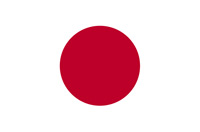 Japan is an island country in East Asia. Beginning in the 12th century, political power was held by a series of military dictators (shōgun) and feudal lords (daimyō) and enforced by a class of warrior nobility (samurai). In the Meiji period, the empire adopted a Western-modeled constitution and pursued a program of industrialization and modernization. A global leader in the automotive, robotics and electronics industries, Japan has made significant contributions to science and technology., along with his former lord Nobunaga and Toyotomi Hideyoshi.
Japan is an island country in East Asia. Beginning in the 12th century, political power was held by a series of military dictators (shōgun) and feudal lords (daimyō) and enforced by a class of warrior nobility (samurai). In the Meiji period, the empire adopted a Western-modeled constitution and pursued a program of industrialization and modernization. A global leader in the automotive, robotics and electronics industries, Japan has made significant contributions to science and technology., along with his former lord Nobunaga and Toyotomi Hideyoshi.
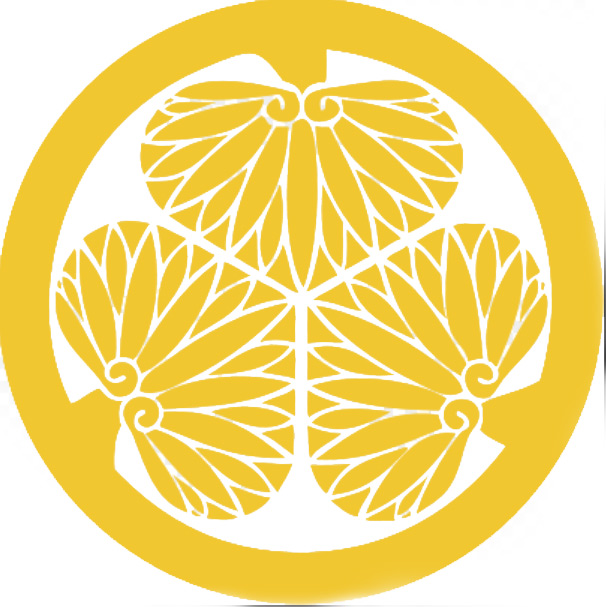
In 1616, Ieyasu died at age 73. The cause of death is thought to have been cancer. The first Tokugawa shogun was posthumously deified with the name Tōshō Daigongen (東照大権現), the "Great Gongen, Light of the East". (A Gongen is believed to be a buddha who has appeared on Earth in the shape of a kami to save sentient beings). In life, Ieyasu had expressed the wish to be deified after his death in order to protect his descendants from evil. His remains were buried at the Gongens' mausoleum at Kunōzan, Kunōzan Tōshō-gū (久能山東照宮). As a common view, many people believe that "after the first anniversary of his death, his remains were reburied at Nikkō Shrine, Nikkō Tōshō-gū (日光東照宮). His remains are still there." Neither shrine has offered to open the graves, so the location of Ieyasu's physical remains are still a mystery. The mausoleum's architectural style became known as gongen-zukuri, that is gongen-style. He was given buddhist name first Tosho Dai-Gongen (東照大権現) later after his death change to Hogo Onkokuin (法号安国院).
HISTORY
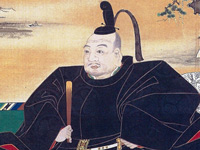
RESOURCES
This article uses material from the Wikipedia article "Tokugawa Ieyasu (1543-1616)", which is released under the Creative Commons Attribution-Share-Alike License 3.0.
© Stories Preschool. All Rights Reserved.
